When you're strolling through a garden center or browsing online nurseries, you might find yourself captivated by the elegant blooms of irises. But with so many varieties available, how can you tell the difference between German iris and Japanese iris? These two popular types often confuse gardeners, but once you know what to look for, distinguishing them becomes second nature.
Let's start with the most obvious difference - their flowering habits and bloom structure. German irises, also known as bearded irises, feature fuzzy little "beards" running along the center of their falls (the downward-curving petals). These velvety beards serve as landing strips for pollinators and come in contrasting colors that make the flowers pop. Japanese irises, meanwhile, are beardless - their falls spread out flat like elegant dinner plates without any fuzzy adornments. While German irises typically stand tall on sturdy stems, Japanese iris flowers often appear more delicate and can measure up to 10 inches across in optimal conditions.
The timing of blooms provides another clear distinction. German irises generally flower in late spring to early summer, often coinciding with peony season in many gardens. Japanese irises bloom later in the season, typically from early to midsummer, filling that gap between spring bulbs and summer perennials. If you're planning a continuous bloom garden, this seasonal difference becomes crucial for maintaining color throughout the growing season.
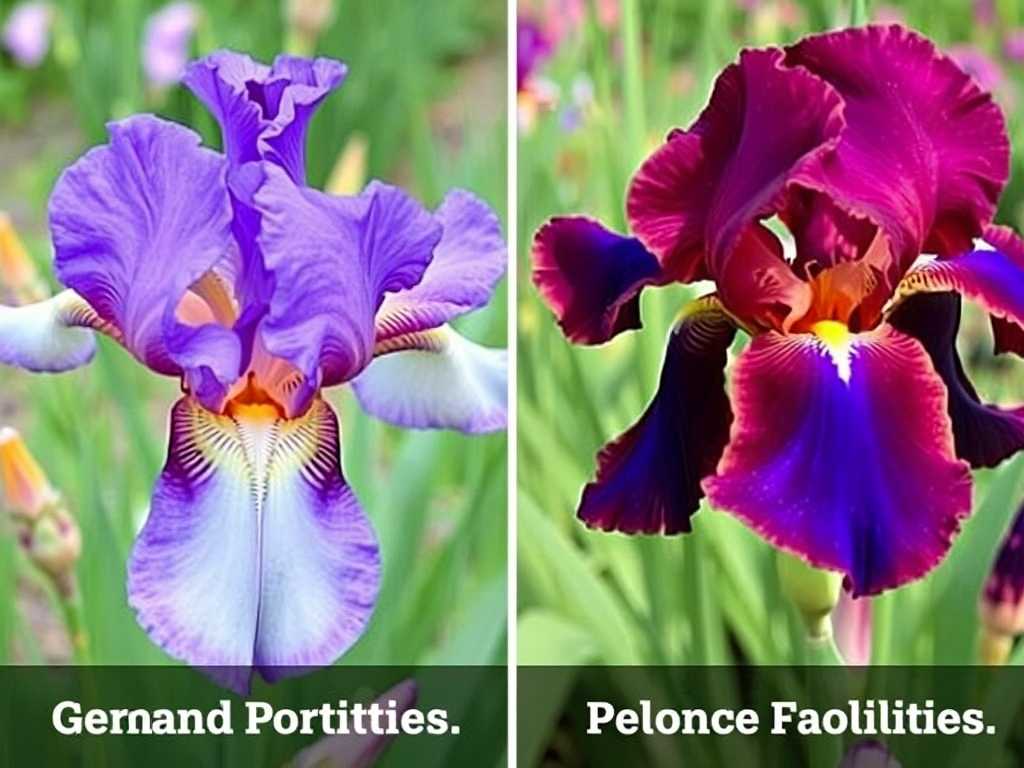
Now let's examine their growth patterns and foliage characteristics. German irises grow from thick, fleshy rhizomes that often sit partially exposed at the soil surface. Their leaves are sword-shaped, stiff, and arranged in fan-like formations. The foliage typically stands upright and maintains a blue-green hue throughout the growing season. Japanese irises grow from slender rhizomes that prefer to be completely buried. Their leaves are narrower, more flexible, and have a distinct central ridge running lengthwise. The foliage often arches gracefully and may develop yellow tones in fall.
Understanding their preferred growing conditions will further help with identification while ensuring you provide the right care. German irises thrive in well-drained soil and actually prefer their rhizomes to bake in the sun. They're drought-tolerant once established and can suffer from root rot if kept too moist. Japanese irises have completely opposite requirements - they love moisture and can even grow in boggy conditions or shallow water at pond edges. While they need consistent moisture, they still require good drainage in their root zone to prevent rot.
The flower forms between these two iris types show remarkable differences upon closer inspection. German iris flowers typically have three upright standards (petals) and three downward-curving falls. The falls often feature elaborate ruffling, lacing, or flouncing along their edges. Japanese iris flowers generally have six spreading petals that lie nearly flat, creating that characteristic plate-like appearance. Some Japanese iris varieties feature double or peony-form flowers with extra petals, while German irises maintain their distinct three-and-three structure even in fancy cultivars.
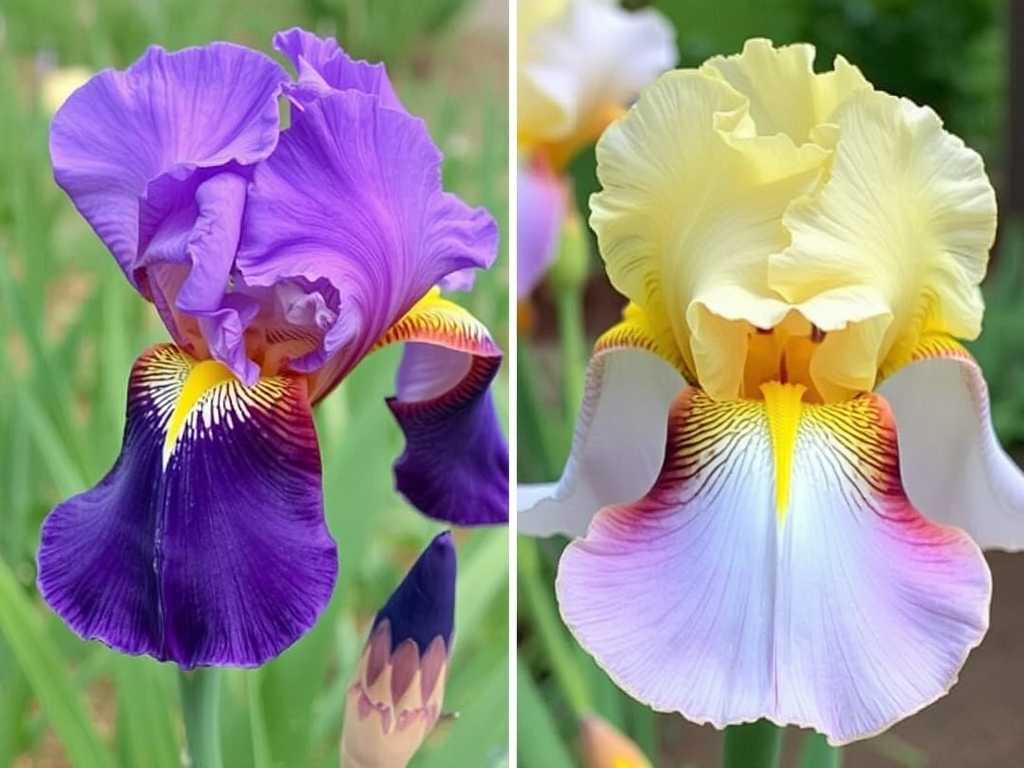
Color patterns offer additional clues for identification. German irises display an incredible range of colors - from pure white through every shade of yellow, pink, blue, purple, and near-black. They frequently feature striking color contrasts between standards and falls, with the beards often providing a third contrasting color. Japanese irises typically showcase shades of purple, blue, white, and pink, often with intricate veining or watermark patterns radiating from the flower's center. While breeding has expanded color ranges, Japanese irises rarely achieve the warm orange and copper tones found in German iris varieties.
Considering their size and garden presence can help with identification from a distance. German irises range from miniature varieties standing just 8 inches tall to tall bearded types reaching 40 inches high. Their flowers are generally smaller but carried prominently above the foliage. Japanese irises typically grow between 24-48 inches tall, with their large flowers appearing at the top of sturdy stems, often seeming to float above the foliage when viewed from a distance.
Winter hardiness varies between these iris types and can influence their performance in different regions. German irises are extremely cold-hardy, surviving winters as far north as USDA zone 3, though they may struggle in hot, humid southern climates without excellent drainage and air circulation. Japanese irises perform well in zones 4-9 but require consistent winter moisture and may need protection in colder regions. Their different climate preferences often determine which type thrives in particular gardens.
When it comes to propagation and division, these irises have different needs that reflect their growth habits. German irises should be divided every 3-4 years when the centers of the clumps become crowded and flowering decreases. The best time for division is shortly after flowering or in late summer. Japanese irises can go longer between divisions but benefit from being split every 4-5 years to maintain vigor. Early fall is ideal for dividing Japanese irises, giving them time to establish before winter.
Pest and disease issues tend to differ between these iris varieties. German irises may encounter iris borers that tunnel into rhizomes, while Japanese irises are relatively pest-free but can develop leaf spot in humid conditions. Proper spacing and good air circulation help prevent most issues for both types. Slugs and snails may bother Japanese irises more than German irises, particularly in moist growing conditions.
Companion planting considerations reveal their different garden roles. German irises combine beautifully with peonies, alliums, and catmint in sunny, well-drained borders. Japanese irises shine near water features, combined with ferns, hostas, and astilbes in moist garden areas. Understanding these companion preferences can help you identify which iris type you're seeing in established gardens.
The historical background of these irises provides interesting context. German irises have been cultivated for centuries, with modern hybrids descending from species native to southern Europe and the Mediterranean region. Japanese irises have an equally rich history in Japanese horticulture, where they've been bred for over 500 years, resulting in hundreds of named cultivars prized for their elegant form and intricate patterns.
When purchasing irises, reading plant labels carefully can prevent confusion. Look for botanical names - Iris germanica for German irises and Iris ensata for Japanese irises. Common names can be misleading, as both are sometimes simply called "iris" in garden centers. Reputable nurseries will provide complete botanical names and growing information.
Hybrid varieties have blurred some distinctions while creating exciting new options. Some modern breeders have developed intermediate types, but most garden irises still fall clearly into one category or the other. If you encounter an iris that's difficult to classify, examine multiple characteristics rather than relying on a single feature.
Creating a side-by-side comparison in your garden can be the best learning tool. Plant both types in appropriate conditions and observe their differences throughout the seasons. Notice how German irises remain relatively compact while Japanese irises develop into broader clumps. Watch how German iris foliage often remains attractive all season while Japanese iris leaves may develop fall color.
With practice, you'll be able to identify these iris types at a glance. The combination of flower form, growth habit, and cultural requirements creates distinct garden personalities. German irises bring bold, architectural presence to sunny borders, while Japanese irises offer elegant, serene beauty to moist areas. Both deserve places in our gardens, and knowing how to tell them apart ensures you can provide the right growing conditions for spectacular blooms year after year.
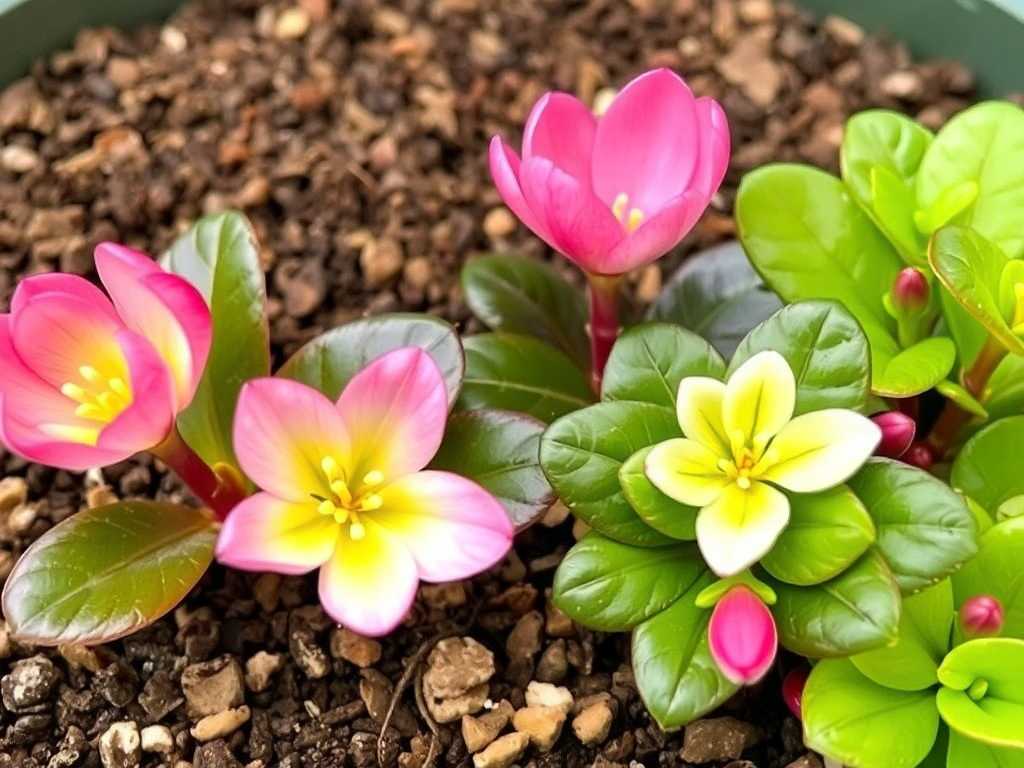
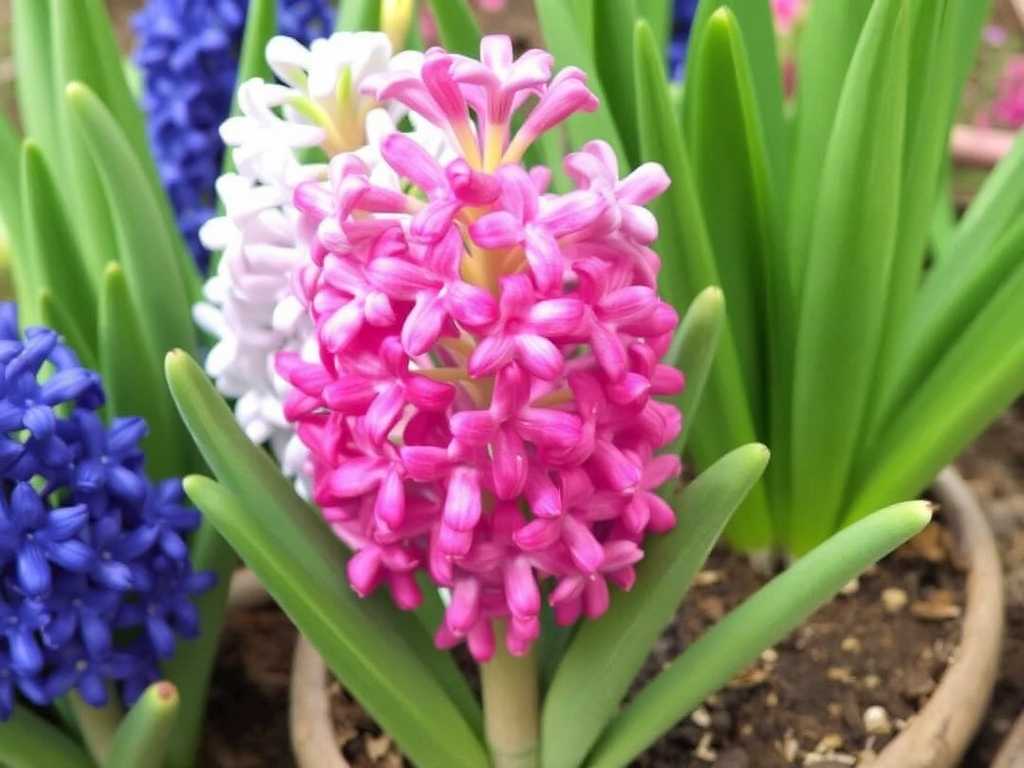
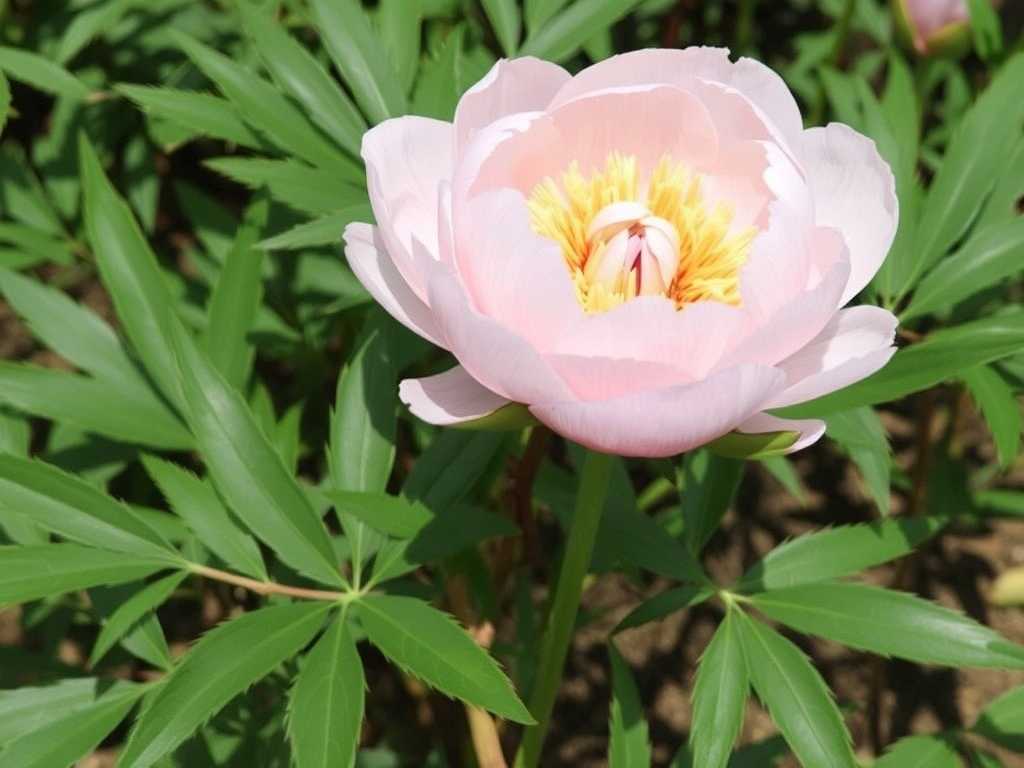

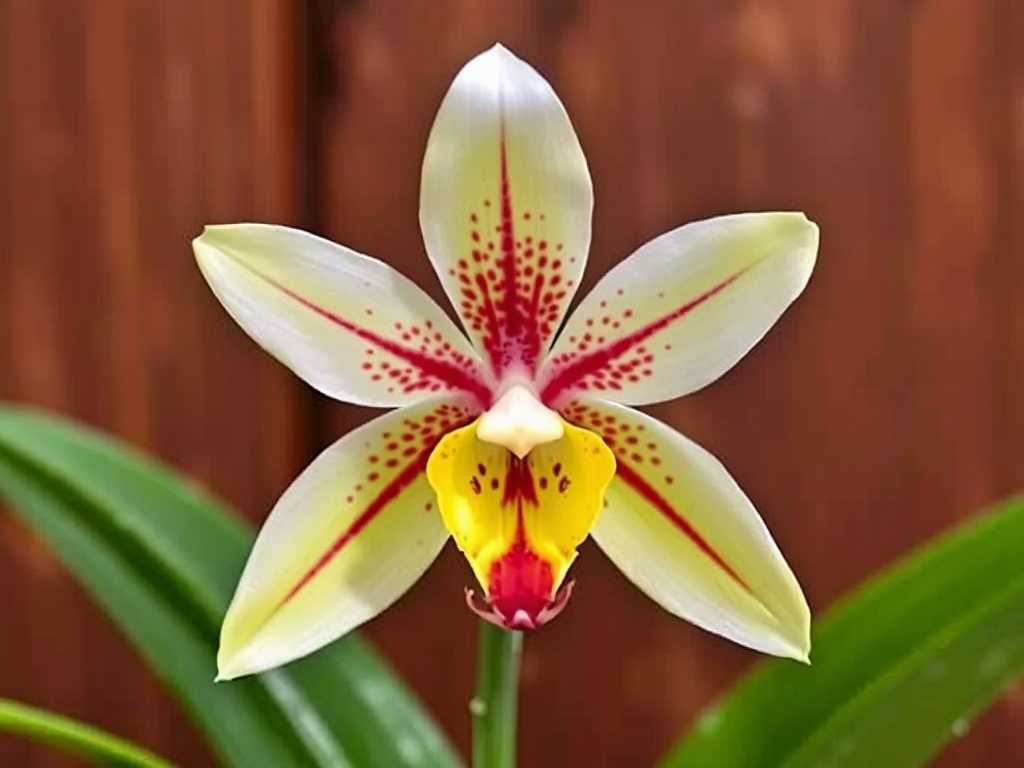
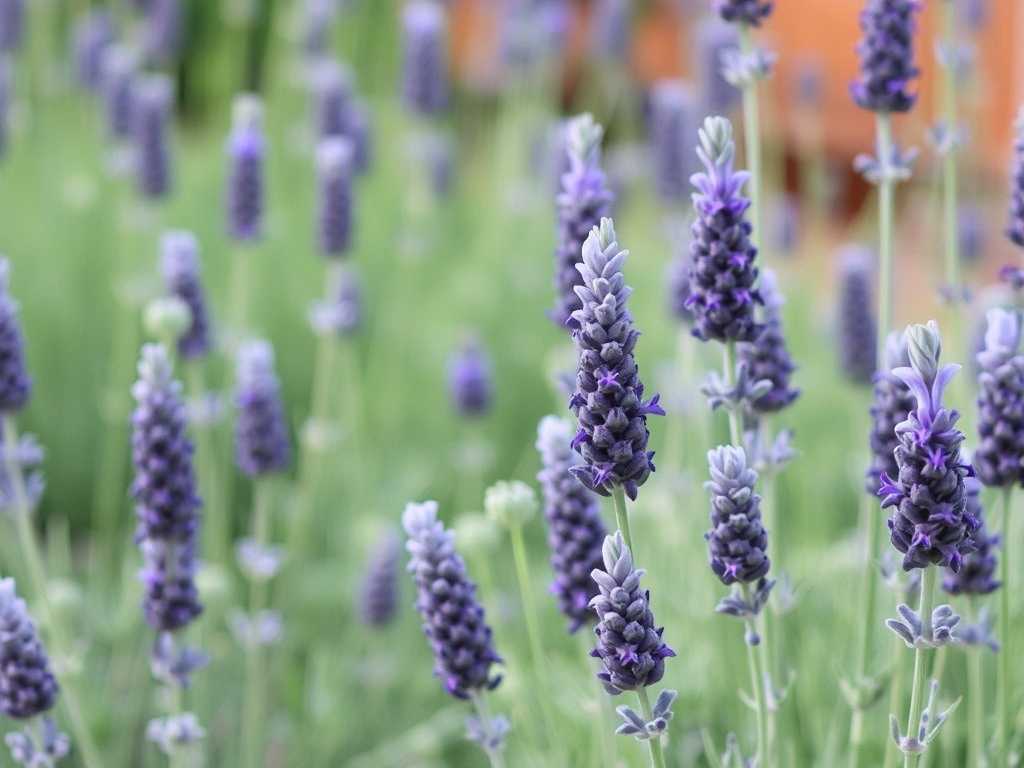
发表评论